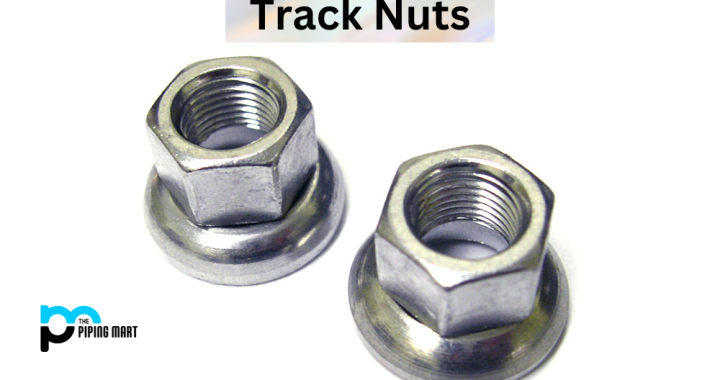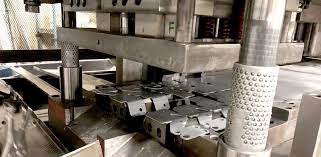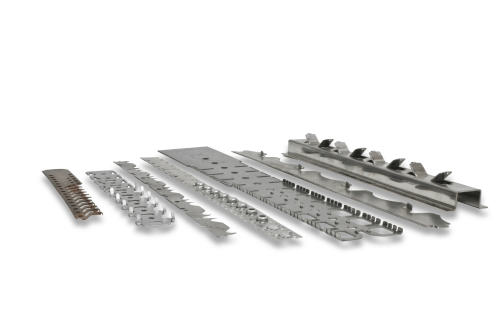Lubricants play a pivotal role in ensuring the smooth operation of machinery and equipment across diverse industries. In this article, we will embark on an odyssey through the world of lubricants, addressing common questions, and applications, and emphasizing the significance of lubrication in various sectors.
What defines a lubricant, and how does it operate?
A lubricant is a substance designed to reduce friction between moving surfaces. Its operation involves creating a protective layer between two surfaces, preventing direct contact, and minimizing wear and tear. Lubricants come in the form of oils, greases, or solid lubricants, each tailored to specific applications.
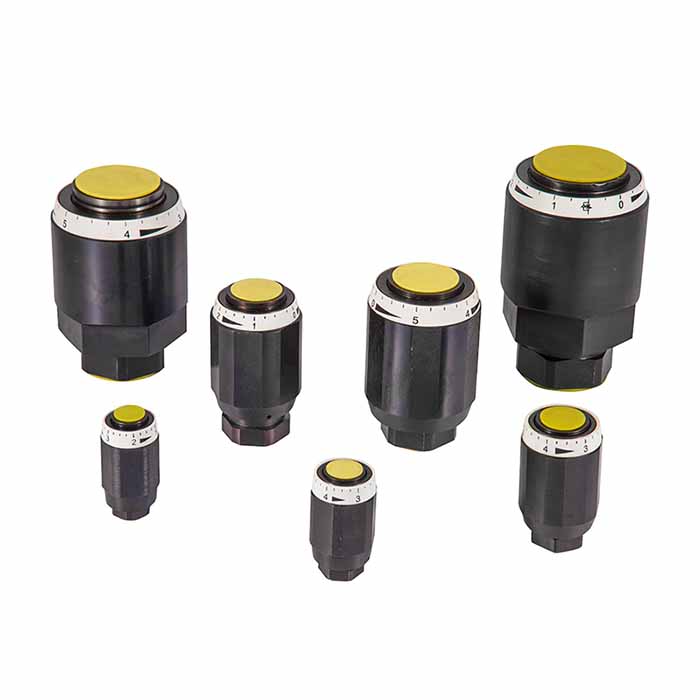
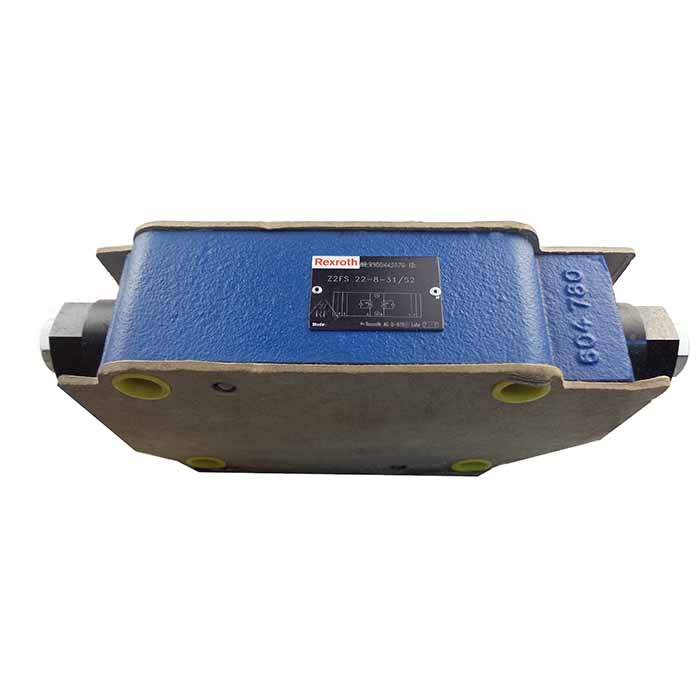
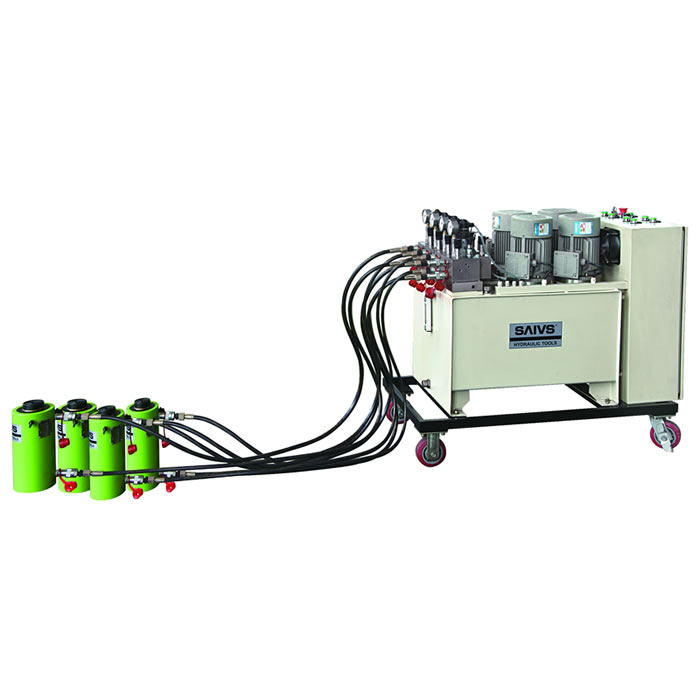
What are the primary applications of lubricants?
Lubricants find extensive use in various industries, including automotive, manufacturing, aviation, and more. They are indispensable for the proper functioning of engines, gears, bearings, and other mechanical components. In the automotive sector, lubricants contribute to engine efficiency and longevity, while in manufacturing, they facilitate smooth production processes.
How does one select the appropriate lubricant for a specific application?
Choosing the right lubricant involves considering factors such as temperature, load, speed, and environmental conditions. Different applications may require specific types of lubricants. For example, high-temperature environments may necessitate synthetic lubricants, while heavy machinery might benefit from greases with exceptional load-bearing capacity.
Can lubricants be used alongside geomembranes?
Certainly, lubricants play a vital role in the installation and maintenance of geomembranes. Geomembranes, impermeable membranes used in construction and environmental projects like landfill liners and containment ponds, can benefit from lubricants during installation. Lubricants assist in the smooth unfolding and positioning of geomembranes, ensuring proper alignment and minimizing the risk of damage.
In conclusion, lubricants are indispensable in various industries, contributing to the longevity and efficiency of machinery and equipment. A comprehensive understanding of the right lubricant for specific applications is crucial for optimal performance. Furthermore, the integration of lubricants with geomembranes showcases their versatility in diverse fields, underscoring their importance in construction and environmental projects.

